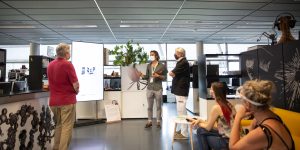Simon Schmid
-
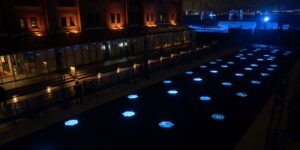
Stream of Hope
Large-Scale Fluxel Performance in Japan
Ars Electronica Futurelab’s Fluxels, a scalable swarm of ground robots equipped with hexagonal LED displays, brought about a new language of visual expression. Stream of Hope in Osaka and Yokohama showcased their versatility at large-scale events.
-
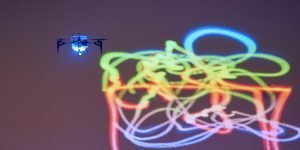
Space Ink
Three-Dimensional Drawings With Drones
What if we can draw in any space with a pen? This question is at the heart of Space Ink, where tablets and drones are brought together to create large-scale works in three-dimensional space using light and color.
-

Bio Ink
Can Ink Be Alive?
In Bio Ink, the Futurelab brought together biotechnology and digital pen tablet technology to create living ink that grows freely beyond human input. With this research, the team explored co-creation with other organisms and nature.
-

Hybrid Space
Interactive Telepresence Museum Experience
Hybrid Space was an installation by the Ars Electronica Futurelab, presented as part of the lab’s 25-years anniversary in 2021. It provided an interactive space in the Ars Electronica Center where museum visitors could meet and interact with online visitors.
-

ORI*BOTICS
The Art and Science of Robotic Origami
ORI*BOTICS, the art and science of robotic origami, is a follow-on research project that continues the investigation of origami, technology and nature. It extends on our novel methods for designing and making strong, flexible and highly irregular origami from textiles and 3D printing, namely Fold Printing and Fold Mapping.
-

Magellan Robot
On the 6th of March 1521 a small fleet of Spanish ships under the command of the Portuguese explorer Ferdinand Magellan reached the Island of Guam in the Pacific. They were greeted by curious natives, the Chamorro. Some of them came aboard and started to look around. They began to evaluate the many useful items…
-

OutReach
Physical Interaction for Telepresence Robots
OutReach is a solution that plays to the strengths of telepresence robots. By adding remotely controlled actuators to light switches, elevator buttons, or any other controls in a given environment, OutReach provides a way of interaction with the remote surroundings.
-
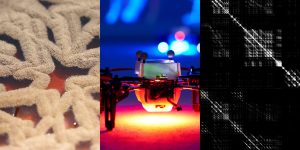
Future Ink
In Creativity, Where Is My Soul?
The Future Ink Project is a research project to explore the future of creativity from all aspects of ink. Various prototypes were developed in the course of Future Ink, from using tablets and drones to paint to visualizing brainwaves and body signals as immersive three-dimensional ink.
-

Open Futurelab 2019
The festival site at POSTCITY in Linz was used as a stage for Open Futurelab until 2019. Created with the Japanese public broadcasting company NHK, Media Platz was a prototype of an open media plaza consisting of cardboard and high-resolution screens, which was used as a forum for public debate. Various panel discussions took place…
-
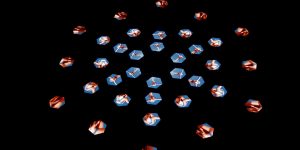
Swarm Arena @Miraikan
In the beginning, there was a shared research interest: How can swarm-based technology be embedded in everyday media use and what new possibilities of communication or artistic expression does it offer as a visual medium? The Japanese telecommunications company NTT and the Ars Electronica Futurelab have been investigating these questions since 2017 and have repeatedly…
-
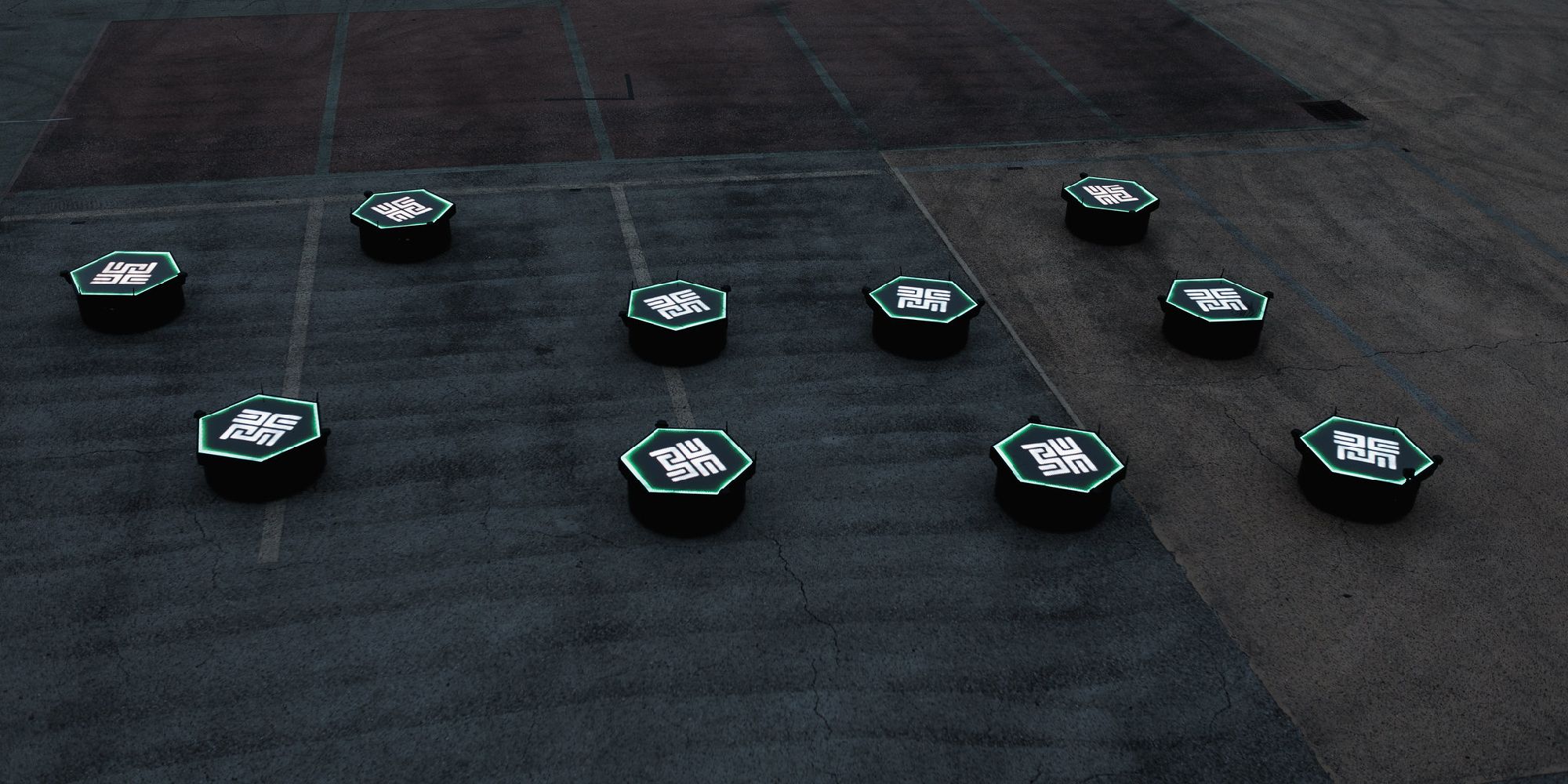
swarmOS
swarmOS is a powerful operating system to control large-scale swarms of UAVs (flying drones) as well as UGVs (drones that drive on the ground), invented and constantly expanded by the Ars Electronica Futurelab.
